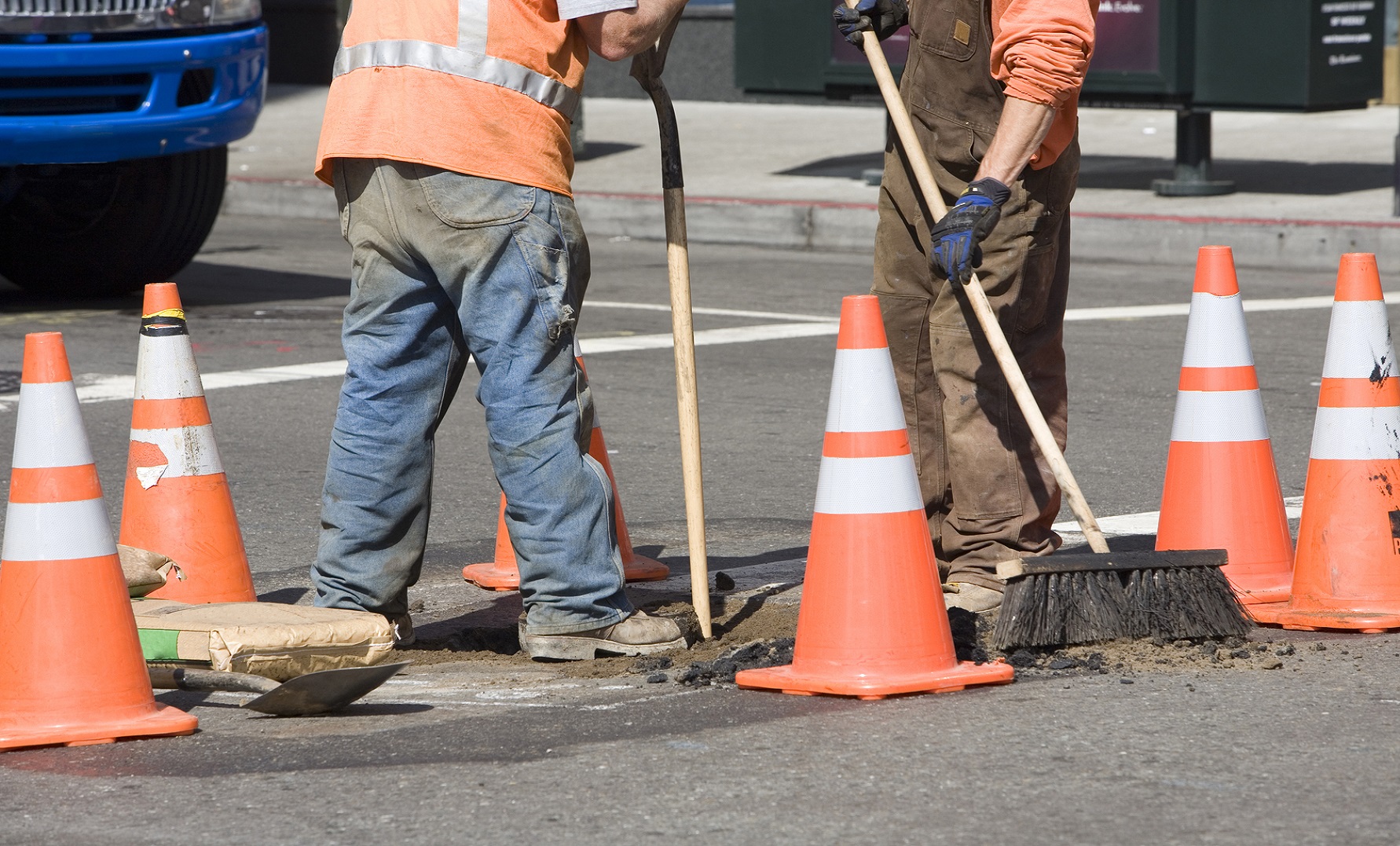Newsflash – An explosion on the Colonial Pipeline killed one and injured several others on Monday. This is the second disruption of the Colonial Pipeline in two months. Again, gasoline prices will jump and shortages may occur. Long lines at gas stations had begun to form on my way to work this morning. See the blog I wrote following the pipeline's last disruption.
Colonial Pipeline's Disruption of Supply
The pipeline is the largest in the United States and serves approximately 40% of the northeast market. It operates at capacity. It is over 50 years old and part of our aging infrastructure. More maintenance will be required as the pipeline ages, which increases the probability of future disruptions. Yet we are reluctant to expand our infrastructure. Recently numerous pipeline proposals have been dropped, including the Keystone XL pipeline, and the Palmetto Pipeline. Each was shelved due to understandable environmental concerns. The trade-off is relying on aged infrastructure that requires more maintenance. We will rely more on transporting gasoline by ship and rail, each of which needs upgrading.
Our Dilemma
Assume you own a home and have a roof that is not leaking, but should be replaced. It will cost $7,000 to replace. Your furnace is leaking gas and it will also take $7,000 to replace. Your real estate agent encourages you to complete a simple renovation costing $7,000 because it would add $50,000 to the value of your home. Your budget is limited to $7,000. Would you choose to replace your furnace, add a roof, or renovate your home?
This describes the dilemma confronted by our leaders when choosing whether or not to invest in improving our infrastructure. The need for maintenance increases as our infrastructure ages, which prevents funds from being earmarked toward expanding our infrastructure. Most infrastructure spending is done at the state level. In 1965 states spent approximately 3% of their
GDP on infrastructure. Today budgetary restrictions have resulted in reducing infrastructure spending to less than 2% of GDP. Furthermore, the federal government has passed more of the responsibility to the states and reduced its spending from 1% of GDP to 0.5% of GDP during the same period, according to an article by Eric Pianin appearing on February 26, 2016 in
The Fiscal Times.
Everyone acknowledges we have a problem. As mentioned in Part I of this blog, the
American Society of Civil Engineers rates the condition of our infrastructure as D+, and suggests $3.6 trillion is needed to bring our infrastructure up to date. Funds are limited. States and the Federal government are choosing to "replace the gas furnace", or fix those items that require attention today and put off installing a new roof. They are making few investments or delaying improvements that would benefit us in the future.
For example, the radar system used by our air traffic controllers is just now being updated to the most recent technology, NextGen, which is based on satellites. NextGen is safer and more efficient than the current radar system, which is 1950s technology. The technology used by NextGen was developed in 2002. Presently NextGen is 30 – 40% complete. Investment has been delayed because of budgetary limitations. I looked, but could not find any research on whether these delays cost the economy more than the investment would have benefited the economy. My instinct is the cost of delays was high, especially when you read the benefits touted by the
FAA below.
The FAA has taken major steps to enhance safety and improve efficiency in our nation's airspace. Nationwide, we have measured $1.6 billion in benefits to airlines and the traveling public from NextGen capabilities already in place. We estimate that over the next 15 years, NextGen will produce an additional $11.4 billion in benefits from those improvements.
Expanding or improving infrastructure rather than maintaining it is more beneficial in the long-run. Investing in infrastructure pushes out a country's production possibility frontier. Economists refer to the
production possibility frontier as the production capacity of a country. It depends on its resources. Investing in improved technology and infrastructure increases the production capacity of a nation. See our lesson
Production Possibilities Frontier.
All citizens benefit. These investments increase the gross domestic product in several ways. Building the infrastructure adds jobs. The efficiency gained helps companies cut their costs, which can be passed on to consumers as lower prices. Some (and by no means all) of the investments into our infrastructure would expand our production possibility frontier include: expanding our ports, updating the technology for our rail system, increasing the capacity of our highways and ports, and improving our education.
Both Hillary Clinton and Donald Trump favor investing in our infrastructure, but their policies differ.
Hillary Clinton
Secretary Clinton proposes a $275 billion dollar infrastructure plan over a five year period. Business taxes would provide the funds. $200 billion would go directly to public investment and $25 billion would be deposited in an infrastructure bank. The bank would be leveraged to help finance some private partners in the form of direct loans or loan guarantees. She believes the combination of the $200 billion in direct investment and leveraged $25 billion would ultimately provide $500 billion in infrastructure funds. A similar "bank" was proposed by President Obama and defeated.
Donald Trump
Donald Trump says he would double the amount of infrastructure spending proposed by Secretary Clinton. He would finance them with issuing low interest bonds.
For a summary of each candidate's positions on this and many other issues visit the
Wall Street Journal.
